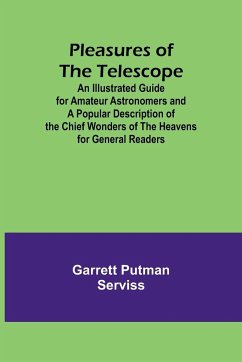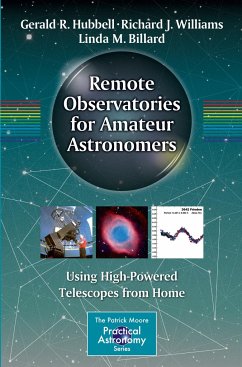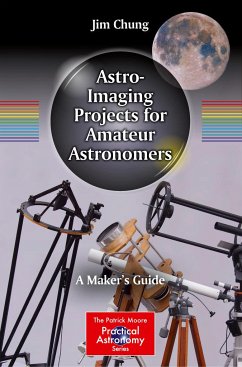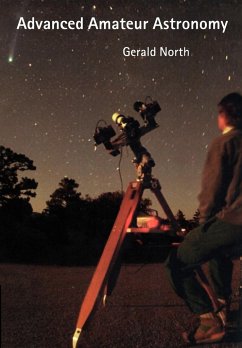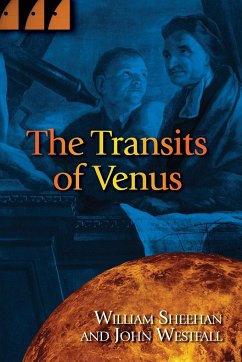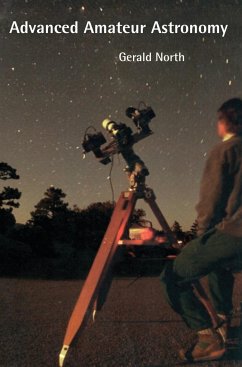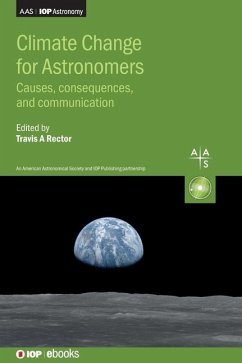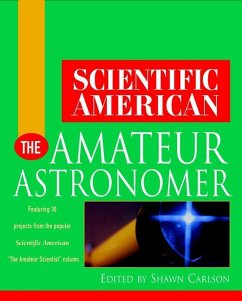Nicht lieferbar
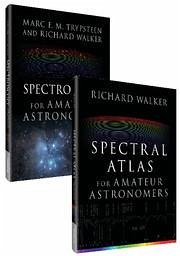
Complete Spectroscopy for Amateur Astronomers
Versandkostenfrei!
Nicht lieferbar




A two-volume reference work featuring the full colour Spectral Atlas for Amateur Astronomers and its companion guide, Spectroscopy for Amateur Astronomers.
Richard Walker has been an avid astronomer since he was aged twelve. He spent his career in civil engineering, planning large projects such as power plants, dams and tunnels. Now retired, in the last ten years he has focused increasingly on stellar astronomy and on the indispensable key to this topic - spectroscopy. He undertook a large observing project to record and document the spectra of the most important astronomical objects, and chose to share this gathered information for the benefit of other amateurs worldwide.
Produktdetails
- Verlag: Cambridge-Hitachi
- Seitenzahl: 470
- Erscheinungstermin: 18. September 2017
- Englisch
- Abmessung: 282mm x 228mm x 32mm
- Gewicht: 1756g
- ISBN-13: 9781316642566
- ISBN-10: 1316642569
- Artikelnr.: 49275495
Herstellerkennzeichnung
Libri GmbH
Europaallee 1
36244 Bad Hersfeld
gpsr@libri.de
Für dieses Produkt wurde noch keine Bewertung abgegeben. Wir würden uns sehr freuen, wenn du die erste Bewertung schreibst!
Eine Bewertung schreiben
Eine Bewertung schreiben
Andere Kunden interessierten sich für



